Home>Home Appliances>Heating & Cooling>Hydro Air Heating System: Optimal Aquastat Setting For Fan Activation


Heating & Cooling
Hydro Air Heating System: Optimal Aquastat Setting For Fan Activation
Modified: February 16, 2024
Learn how to optimize your hydro air heating system with the right aquastat setting for fan activation. Expert tips for efficient heating and cooling.
(Many of the links in this article redirect to a specific reviewed product. Your purchase of these products through affiliate links helps to generate commission for Storables.com, at no extra cost. Learn more)
Introduction
Hydro air heating systems are a popular choice for homeowners seeking efficient and versatile heating solutions. These systems utilize a combination of water and forced air to distribute heat throughout a building, offering a comfortable indoor environment regardless of the external weather conditions. One crucial component of a hydro air heating system is the aquastat, which plays a pivotal role in regulating the system's operation.
In this article, we will delve into the significance of the aquastat in a hydro air heating system, particularly focusing on the optimal aquastat setting for fan activation. By understanding the intricacies of this essential component, homeowners and HVAC professionals can ensure that their hydro air heating systems operate at peak efficiency, providing consistent warmth and comfort during the colder months.
Let's embark on a journey to explore the aquastat's role in a hydro air heating system and gain insights into the factors that influence the optimal setting for fan activation. By the end of this article, you will have a comprehensive understanding of how to maximize the performance of your hydro air heating system through precise aquastat adjustments.
Key Takeaways:
- Aquastat is the brain of a hydro air heating system, controlling water temperature and fan activation for consistent warmth and energy efficiency, making homes cozy even in harsh winters.
- Setting aquastat for fan activation involves considering temperature range, occupancy patterns, system response time, energy efficiency, and zoning to optimize warmth distribution and comfort while saving energy.
Read more: What Is A Hydro Air Heating System
Understanding the Aquastat in a Hydro Air Heating System
The aquastat is a critical component of a hydro air heating system, serving as a temperature-regulating device that plays a pivotal role in maintaining optimal heating performance. This essential control is responsible for monitoring the temperature of the water within the system and initiating actions to ensure that the desired warmth is efficiently distributed throughout the building.
In a hydro air heating system, the aquastat is designed to regulate the operation of the boiler or water heater, ensuring that the water temperature remains within the specified range. When the temperature falls below the set threshold, the aquastat activates the heating system to raise the water temperature, thereby facilitating the circulation of warm water through the system's pipes and coils.
The aquastat achieves this by controlling the burner or heating elements, effectively modulating the heat output to align with the heating demands of the building. By continuously monitoring the water temperature and adjusting the heating process as needed, the aquastat plays a crucial role in maintaining a comfortable indoor environment while promoting energy efficiency.
Furthermore, the aquastat also governs the activation of the system's fan, which is responsible for distributing the heated air throughout the building. This function is particularly significant in a hydro air heating system, as it ensures that the warm air is effectively circulated to all areas, promoting uniform heating and comfort.
In essence, the aquastat serves as the central intelligence of the hydro air heating system, orchestrating the interplay between the heating source, water circulation, and air distribution to achieve optimal thermal comfort. Its ability to regulate temperature and coordinate the system's components makes it an indispensable element in the seamless operation of the heating system.
Understanding the intricacies of the aquastat empowers homeowners and HVAC professionals to make informed decisions regarding its settings, thereby optimizing the performance of the hydro air heating system. By gaining insights into the aquastat's functions and capabilities, individuals can harness its potential to create a cozy and inviting indoor environment, even amidst the harshest of winter conditions.
Importance of Fan Activation in a Hydro Air Heating System
The fan activation in a hydro air heating system holds immense significance in ensuring efficient and uniform distribution of warmth throughout a building. When the aquastat triggers the fan to activate, it sets in motion a series of events that are integral to the system's overall performance.
Upon the aquastat detecting the need for heat, it initiates the heating process, causing the water within the system to reach the desired temperature. Subsequently, the activation of the fan becomes crucial as it facilitates the circulation of heated air throughout the building. This process ensures that the warmth generated by the hydro air heating system is evenly dispersed, effectively eliminating cold spots and maintaining a consistent level of comfort in every area.
The fan activation also plays a pivotal role in promoting energy efficiency within the hydro air heating system. By swiftly distributing the heated air, the fan minimizes the need for prolonged heating cycles, thereby optimizing the system's energy consumption. This not only contributes to cost savings but also aligns with sustainable practices, reducing the overall environmental impact of the heating system's operation.
Furthermore, the timely activation of the fan in response to the aquastat's signals enhances the system's responsiveness to fluctuating temperature demands. Whether it's a sudden drop in temperature or the need to maintain a steady warmth level, the fan activation ensures that the hydro air heating system can swiftly adapt to changing environmental conditions, providing occupants with a consistently comfortable indoor environment.
In essence, the fan activation in a hydro air heating system is not merely a supplementary function but a critical element that directly influences the system's performance and the overall comfort it delivers. By understanding the importance of fan activation, homeowners and HVAC professionals can appreciate the pivotal role it plays in maintaining optimal thermal comfort and energy efficiency within the building.
The next section will delve into the factors that should be considered when setting the aquastat for fan activation, shedding light on the key considerations that influence this crucial aspect of the hydro air heating system's operation.
Set the aquastat to activate the fan at a temperature that allows for efficient heat distribution without causing the fan to run constantly. This will help maintain a comfortable and consistent temperature in your home.
Factors to Consider When Setting the Aquastat for Fan Activation
When determining the optimal aquastat setting for fan activation in a hydro air heating system, several key factors should be carefully considered to ensure the efficient and effective operation of the system. These factors play a crucial role in determining the timing and frequency of fan activation, directly impacting the distribution of heated air and the overall comfort level within the building.
-
Temperature Differential: The temperature differential, also known as the hysteresis, represents the variance between the high and low temperature settings on the aquastat. When configuring the aquastat for fan activation, it is essential to consider the temperature differential to determine the range within which the fan should be activated. A narrower temperature differential may result in more frequent fan activation, ensuring prompt air circulation, while a wider differential may lead to longer intervals between fan cycles.
-
Occupancy Patterns: Understanding the occupancy patterns within the building is crucial when setting the aquastat for fan activation. Factors such as peak usage hours, periods of high occupancy, and fluctuating activity levels should be taken into account. By aligning the aquastat settings with the building's occupancy patterns, the fan activation can be optimized to provide consistent warmth when and where it is most needed.
-
System Response Time: The aquastat's responsiveness to temperature changes and its ability to initiate the fan activation promptly are essential considerations. A well-calibrated aquastat that can swiftly detect temperature variations and trigger the fan accordingly ensures that the heating system can adapt to shifting thermal demands, maintaining a comfortable indoor environment without unnecessary delays.
-
Energy Efficiency Goals: Balancing the need for consistent warmth with energy efficiency is a critical consideration when setting the aquastat for fan activation. By fine-tuning the aquastat settings to minimize unnecessary fan cycles while still meeting comfort requirements, homeowners can achieve a harmonious blend of thermal comfort and energy conservation.
-
Zoning and Air Distribution: For larger buildings or those with distinct zoning requirements, the aquastat settings should be tailored to accommodate the varied heating demands of different zones. By considering the zoning layout and the corresponding air distribution needs, the aquastat can be set to activate the fan selectively, ensuring that each zone receives the appropriate level of warmth as dictated by its specific requirements.
By carefully evaluating these factors and tailoring the aquastat settings to align with the unique characteristics and demands of the building, homeowners and HVAC professionals can optimize the fan activation in the hydro air heating system, promoting consistent comfort and energy efficiency throughout the entire space.
Optimal Aquastat Setting for Fan Activation
Setting the aquastat for fan activation in a hydro air heating system requires a meticulous approach to ensure that the fan operates at the most opportune moments, effectively distributing warmth throughout the building. The optimal aquastat setting for fan activation is influenced by a combination of factors, each playing a crucial role in determining the timing and frequency of fan cycles.
One of the primary considerations when determining the optimal aquastat setting is the temperature differential, also known as the hysteresis. This parameter defines the range between the high and low temperature settings on the aquastat. A narrower temperature differential prompts more frequent fan activation, ensuring swift air circulation and consistent warmth distribution. Conversely, a wider temperature differential results in longer intervals between fan cycles, impacting the timing of air distribution within the building.
Understanding the occupancy patterns within the building is equally essential when configuring the aquastat for fan activation. Peak usage hours, periods of high occupancy, and fluctuating activity levels should be taken into account to align the fan activation with the building's specific needs. By tailoring the aquastat settings to accommodate the occupancy patterns, the fan can be activated precisely when and where it is most needed, ensuring optimal comfort for occupants.
The system's response time to temperature changes is a critical factor in determining the aquastat setting for fan activation. A well-calibrated aquastat that can promptly detect temperature variations and initiate fan activation ensures that the heating system can adapt swiftly to shifting thermal demands, maintaining a comfortable indoor environment without unnecessary delays.
Balancing the need for consistent warmth with energy efficiency is paramount when setting the aquastat for fan activation. Fine-tuning the aquastat settings to minimize unnecessary fan cycles while meeting comfort requirements is essential for achieving a harmonious blend of thermal comfort and energy conservation.
For larger buildings or those with distinct zoning requirements, the aquastat settings should be tailored to accommodate the varied heating demands of different zones. By considering the zoning layout and the corresponding air distribution needs, the aquastat can be set to activate the fan selectively, ensuring that each zone receives the appropriate level of warmth as dictated by its specific requirements.
By carefully evaluating these factors and tailoring the aquastat settings to align with the unique characteristics and demands of the building, homeowners and HVAC professionals can optimize the fan activation in the hydro air heating system, promoting consistent comfort and energy efficiency throughout the entire space.
Conclusion
In conclusion, the aquastat's role in a hydro air heating system is undeniably pivotal, serving as the linchpin that orchestrates the seamless operation of the entire heating mechanism. By regulating the temperature of the water and governing the activation of the heating source and fan, the aquastat ensures that the building is enveloped in a consistent and comfortable warmth, regardless of external weather fluctuations.
The optimal aquastat setting for fan activation is a multifaceted consideration, influenced by factors such as the temperature differential, occupancy patterns, system response time, energy efficiency goals, and zoning requirements. By carefully evaluating these elements and tailoring the aquastat settings to align with the unique characteristics and demands of the building, homeowners and HVAC professionals can optimize the fan activation in the hydro air heating system, promoting consistent comfort and energy efficiency throughout the entire space.
By understanding the intricacies of the aquastat and its pivotal role in the hydro air heating system, individuals can make informed decisions regarding its settings, thereby maximizing the performance of the heating system. This not only contributes to a cozy and inviting indoor environment but also aligns with sustainable practices, promoting energy efficiency and cost savings.
In essence, the aquastat's ability to regulate temperature and coordinate the system's components makes it an indispensable element in the seamless operation of the heating system. Its impact extends beyond mere functionality, influencing the overall comfort, energy efficiency, and responsiveness of the hydro air heating system.
As homeowners and HVAC professionals delve into the nuances of aquastat settings and fan activation, they gain the knowledge and insights necessary to fine-tune the system, ensuring that it operates at peak efficiency, providing consistent warmth and comfort during the colder months. This understanding empowers individuals to harness the full potential of their hydro air heating systems, creating an environment that is not only inviting and comfortable but also aligned with sustainable and energy-conscious practices.
Frequently Asked Questions about Hydro Air Heating System: Optimal Aquastat Setting For Fan Activation
Was this page helpful?
At Storables.com, we guarantee accurate and reliable information. Our content, validated by Expert Board Contributors, is crafted following stringent Editorial Policies. We're committed to providing you with well-researched, expert-backed insights for all your informational needs.
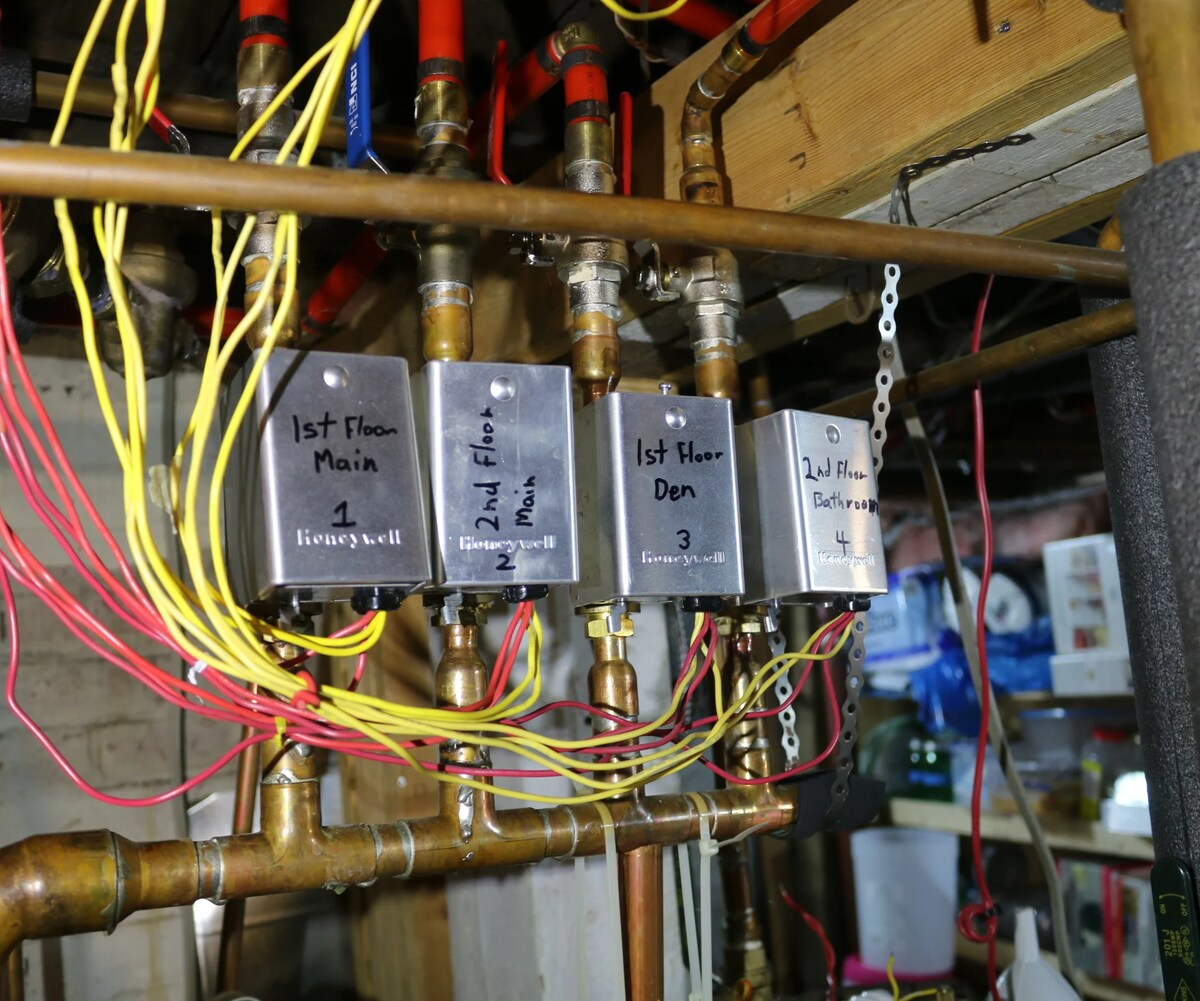
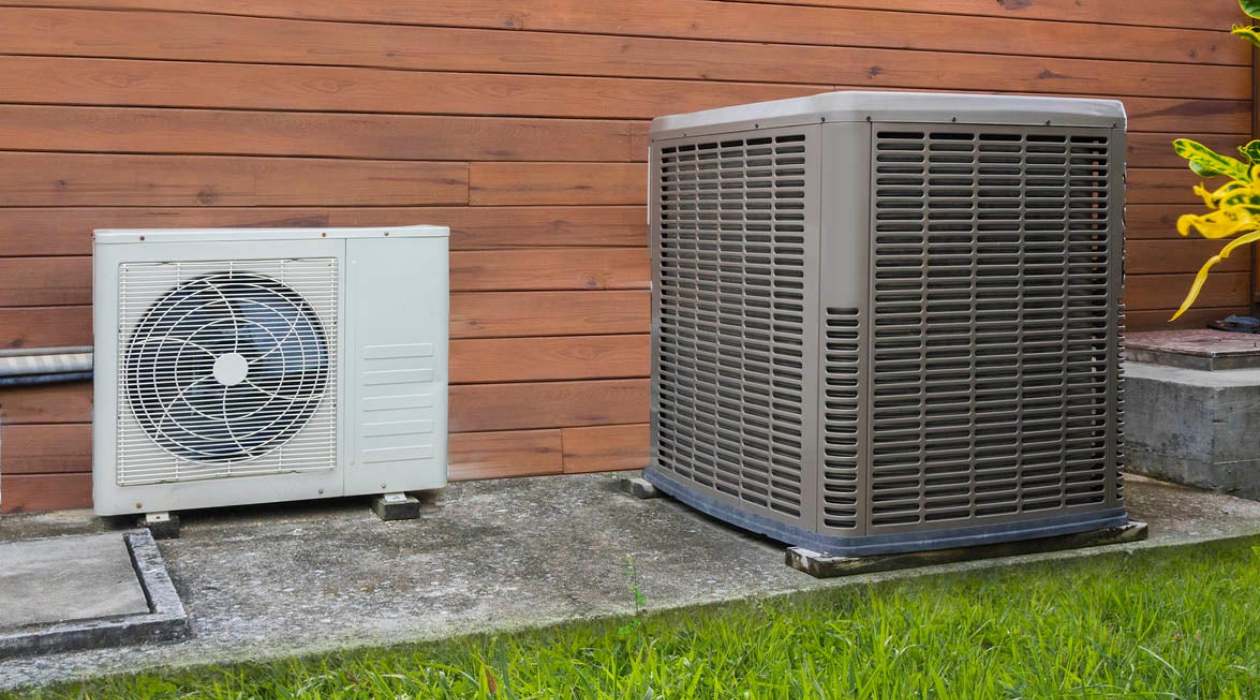
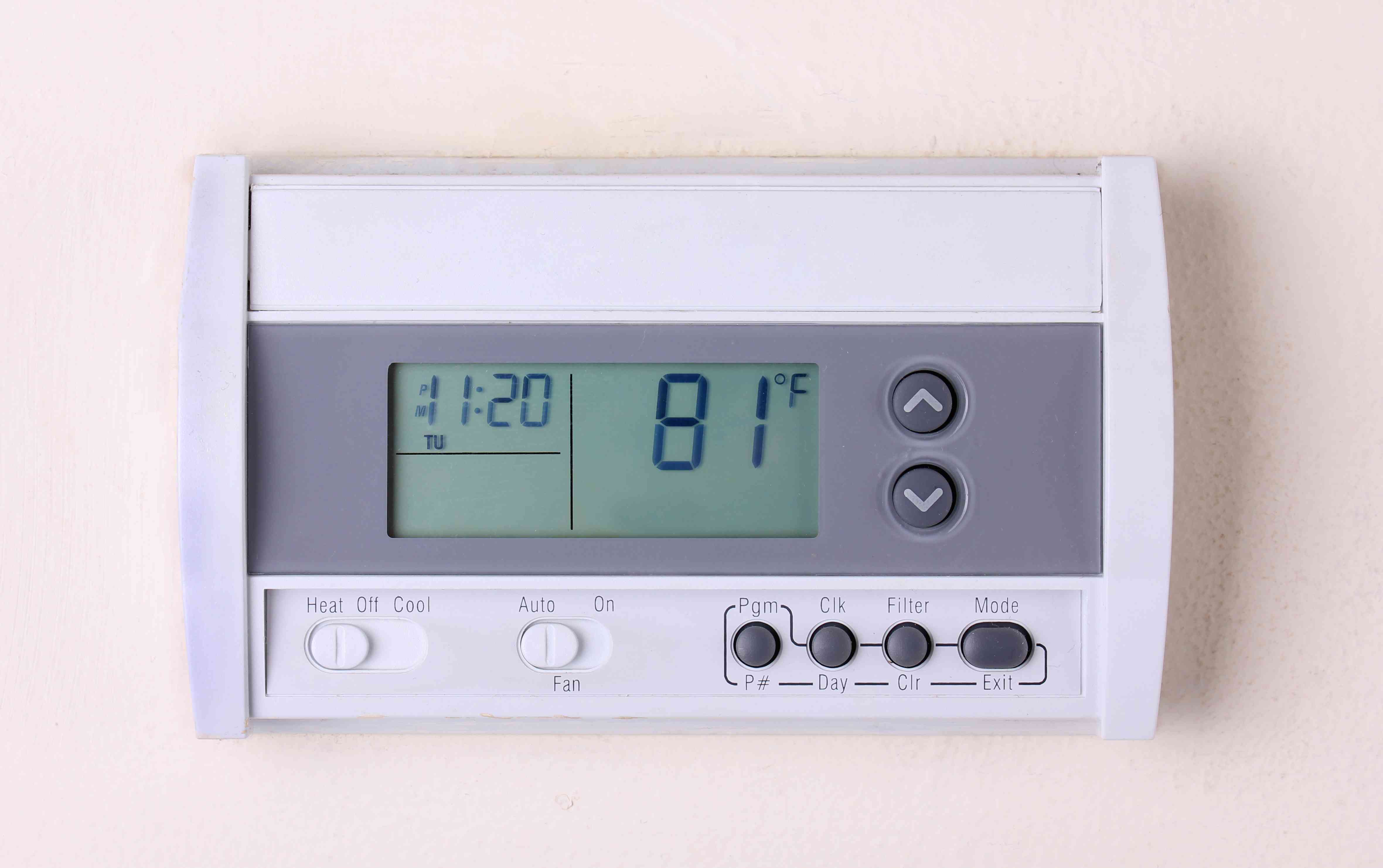
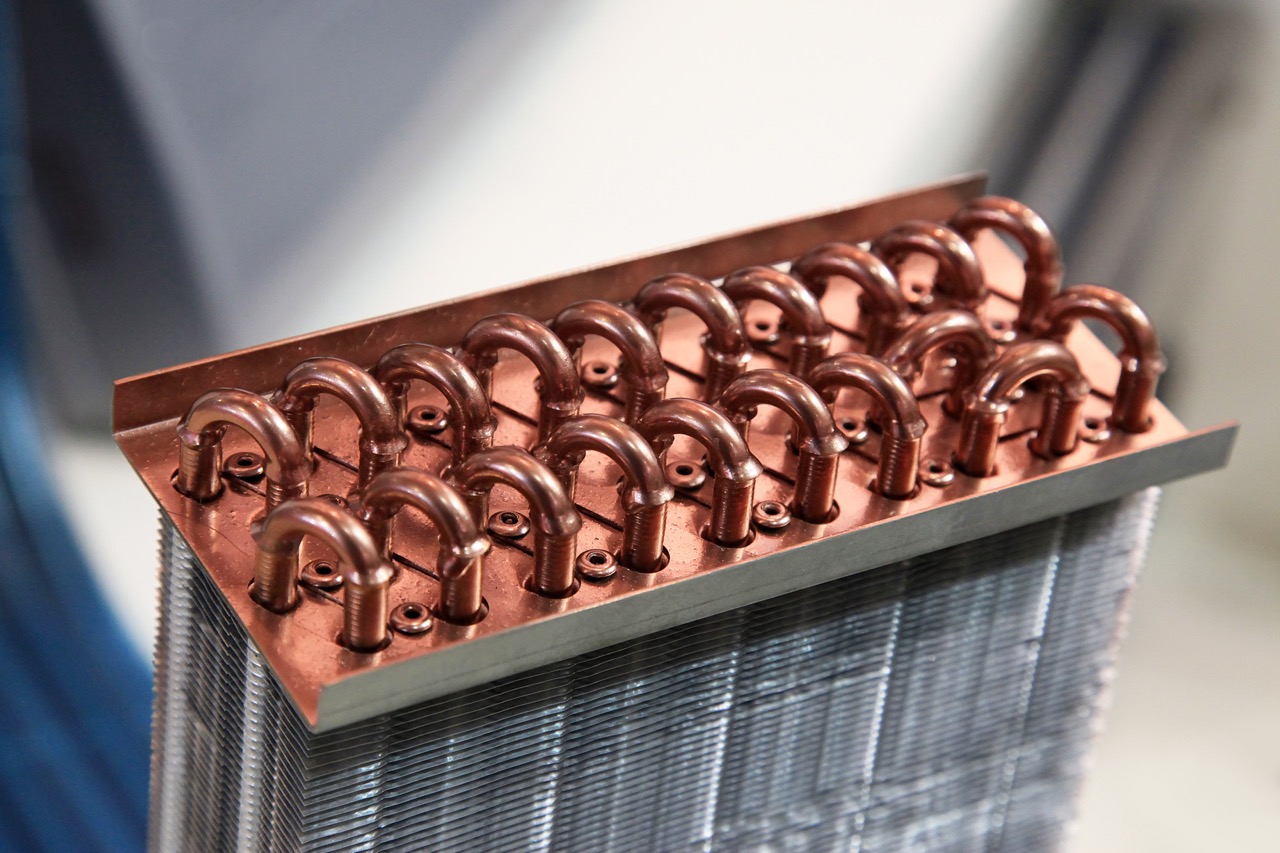
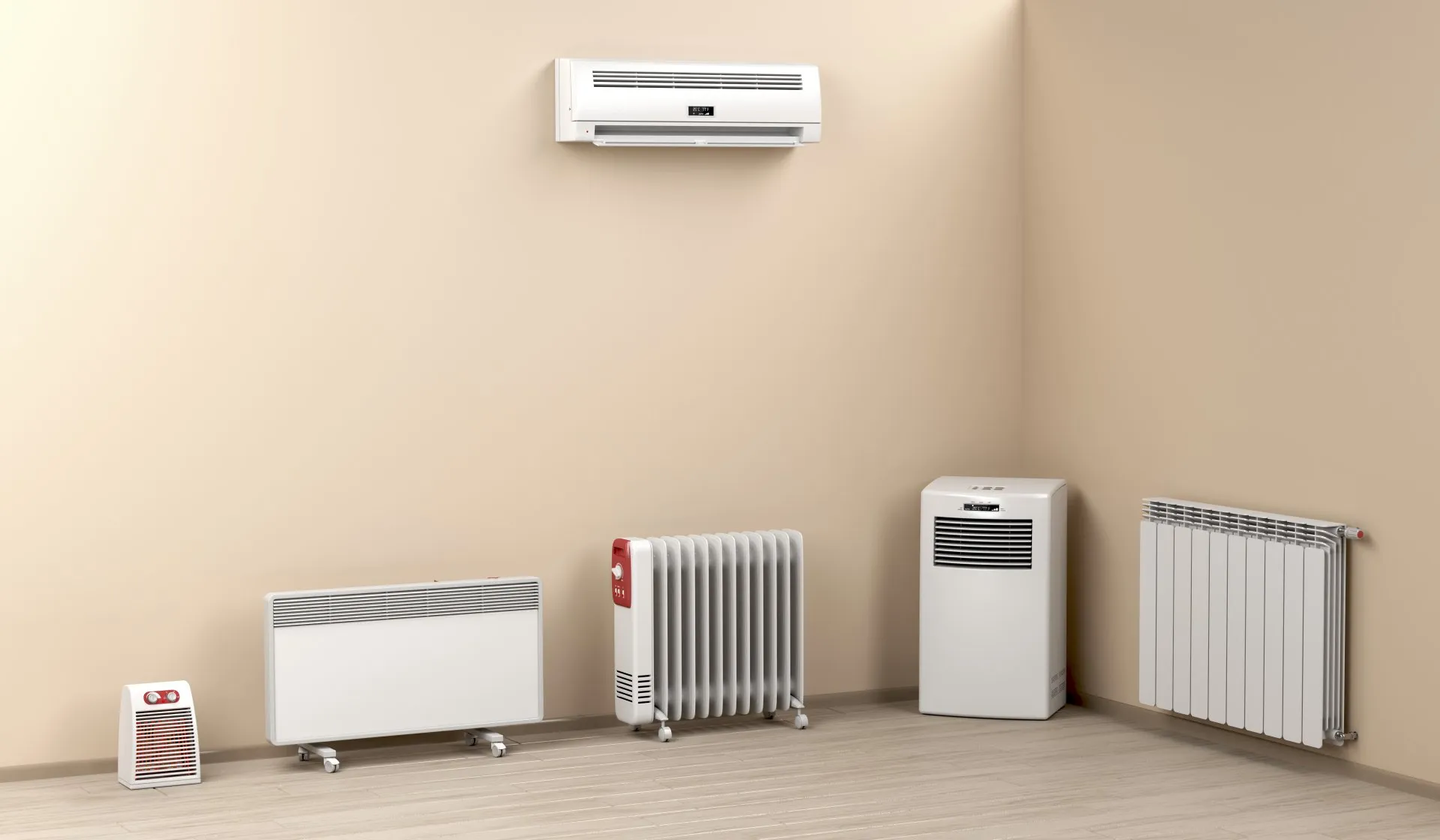
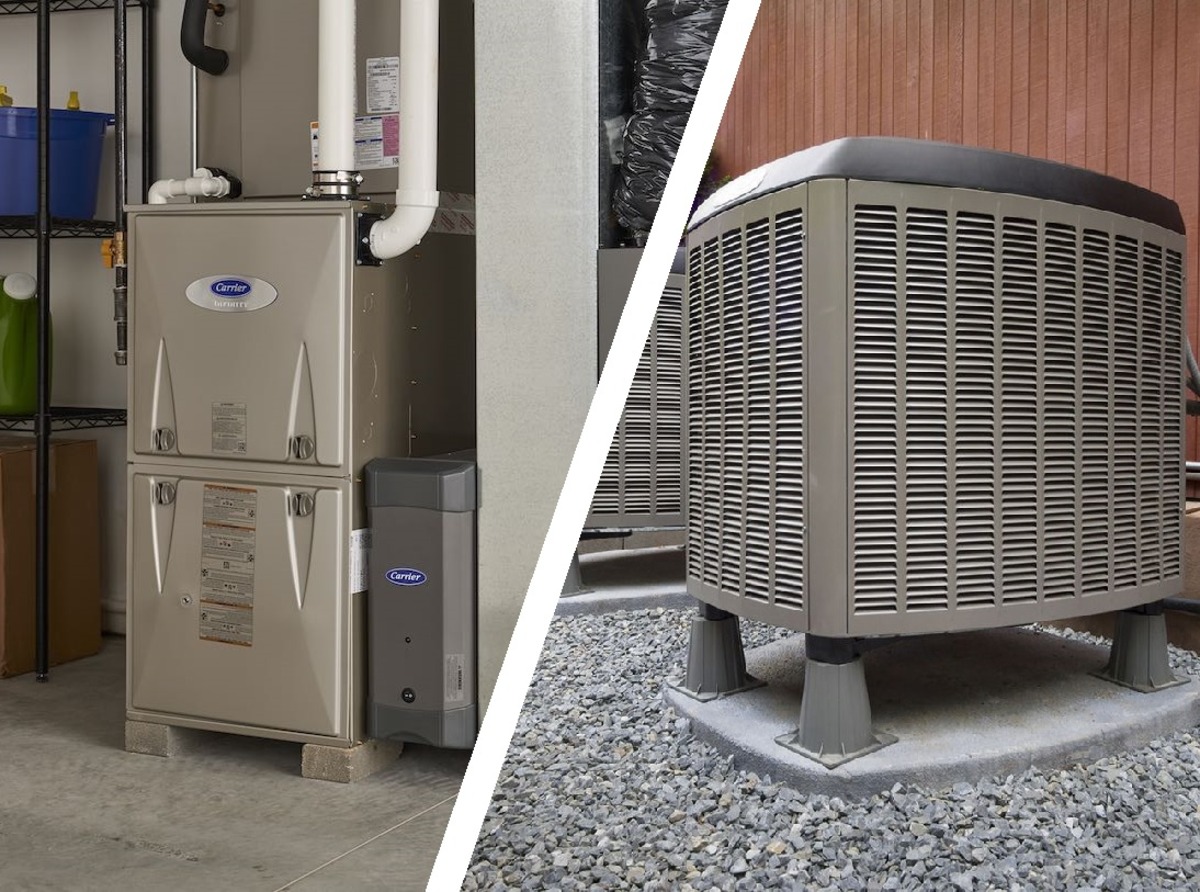
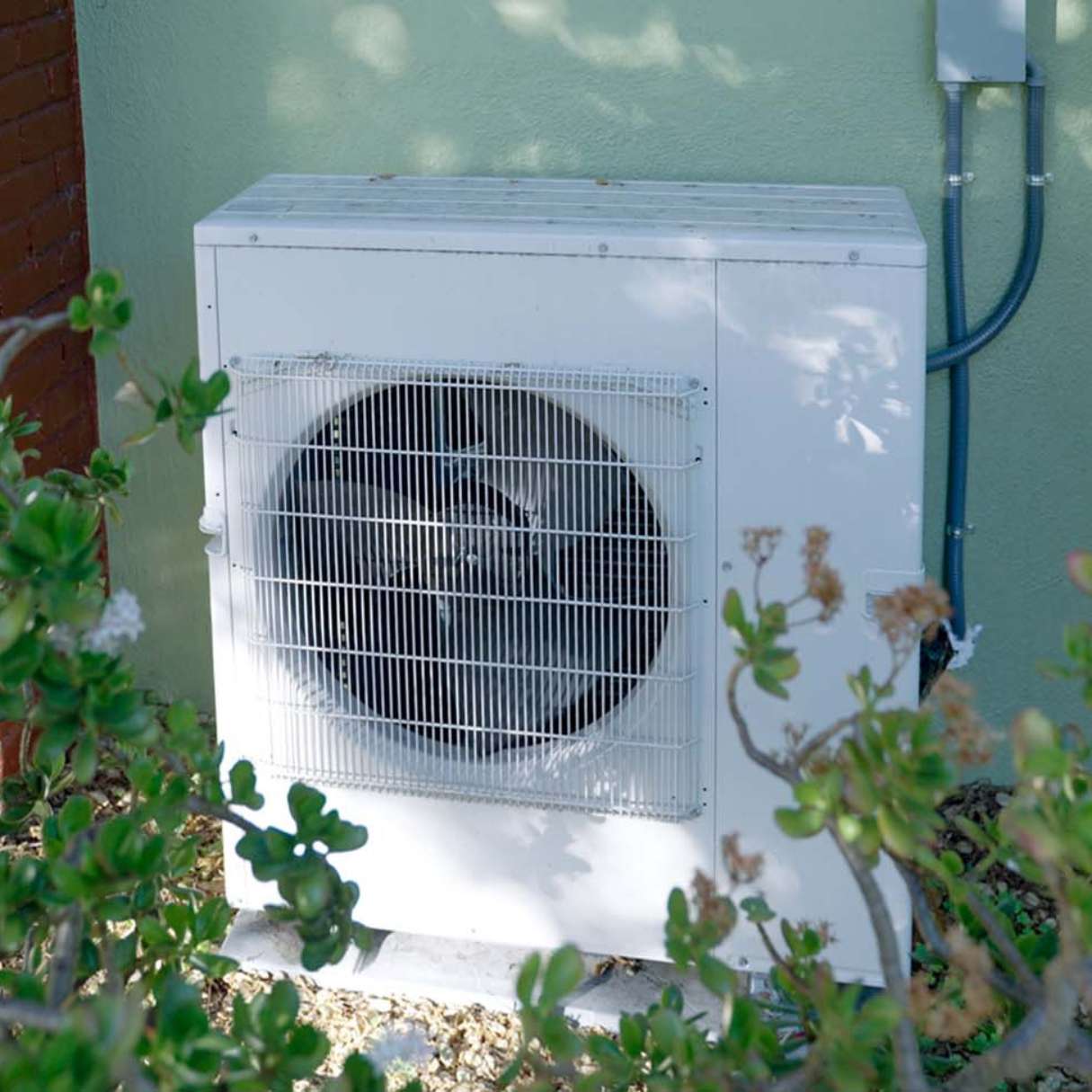
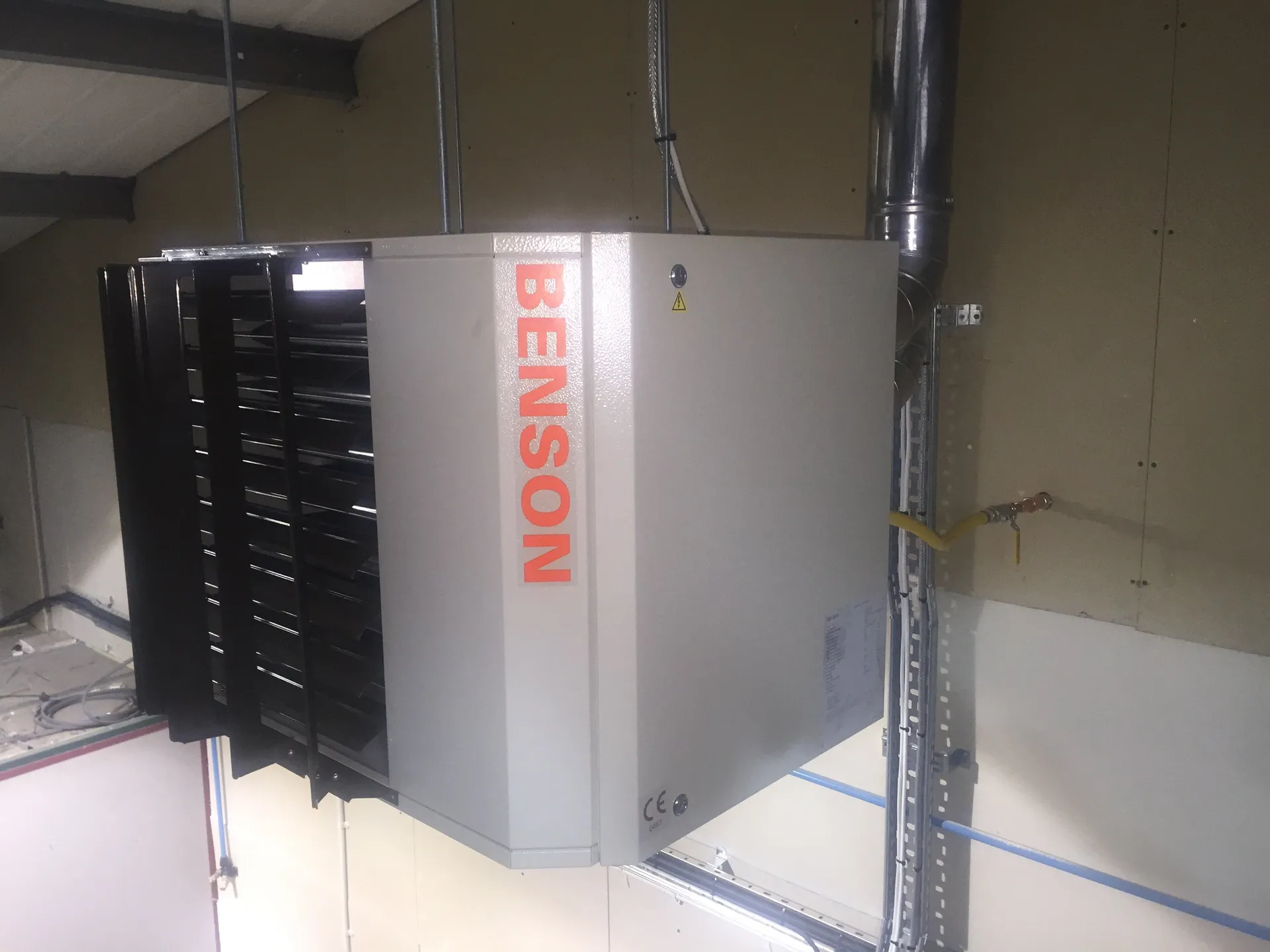
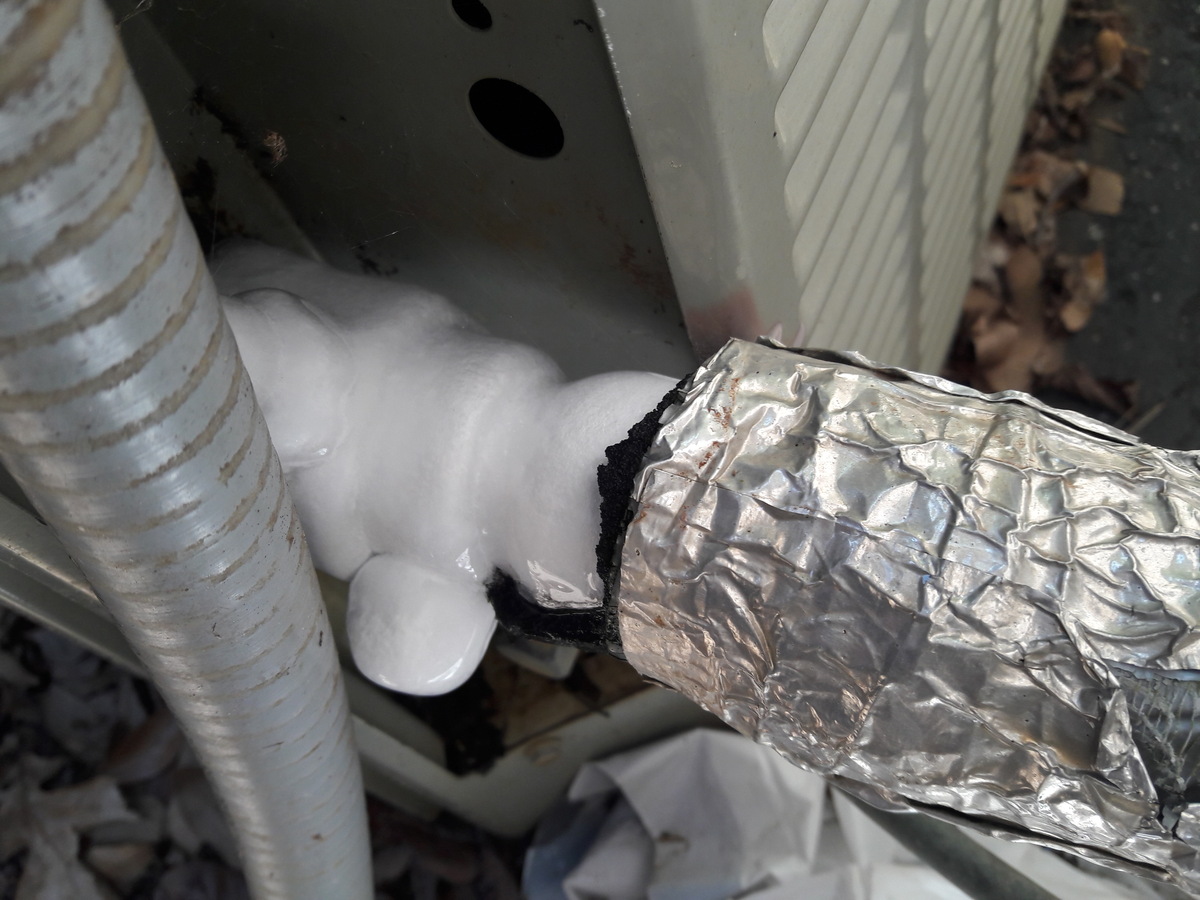
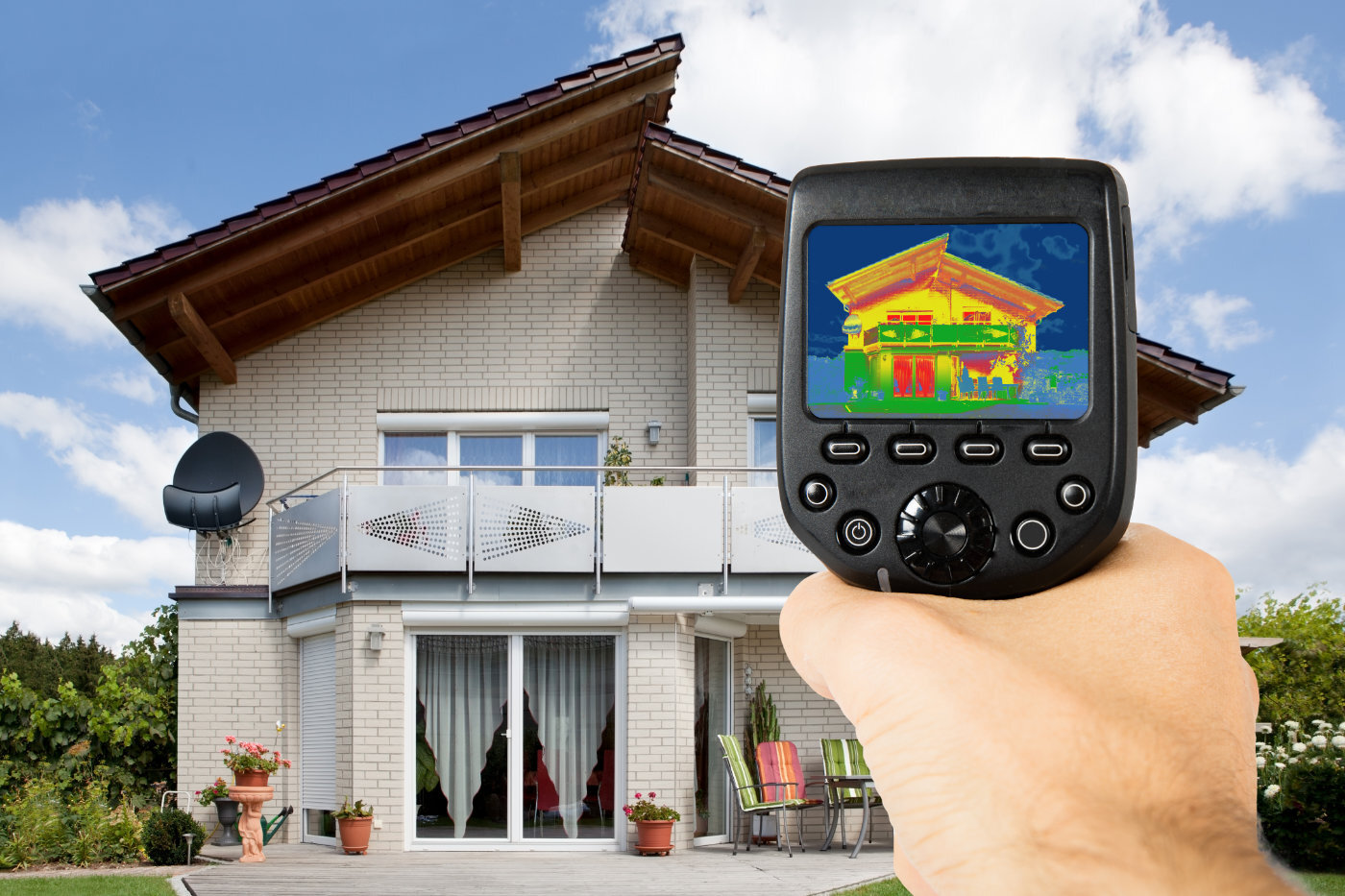
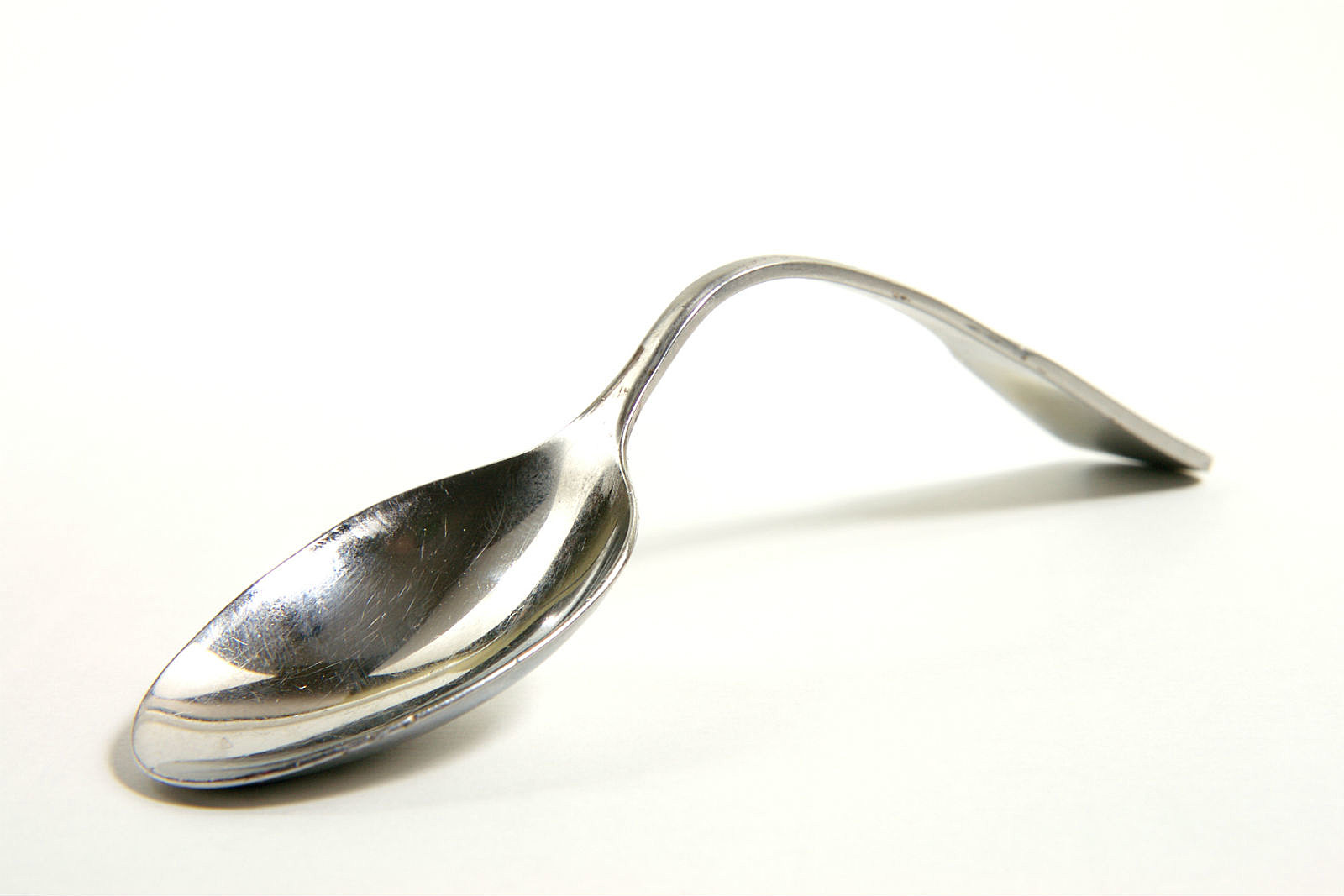
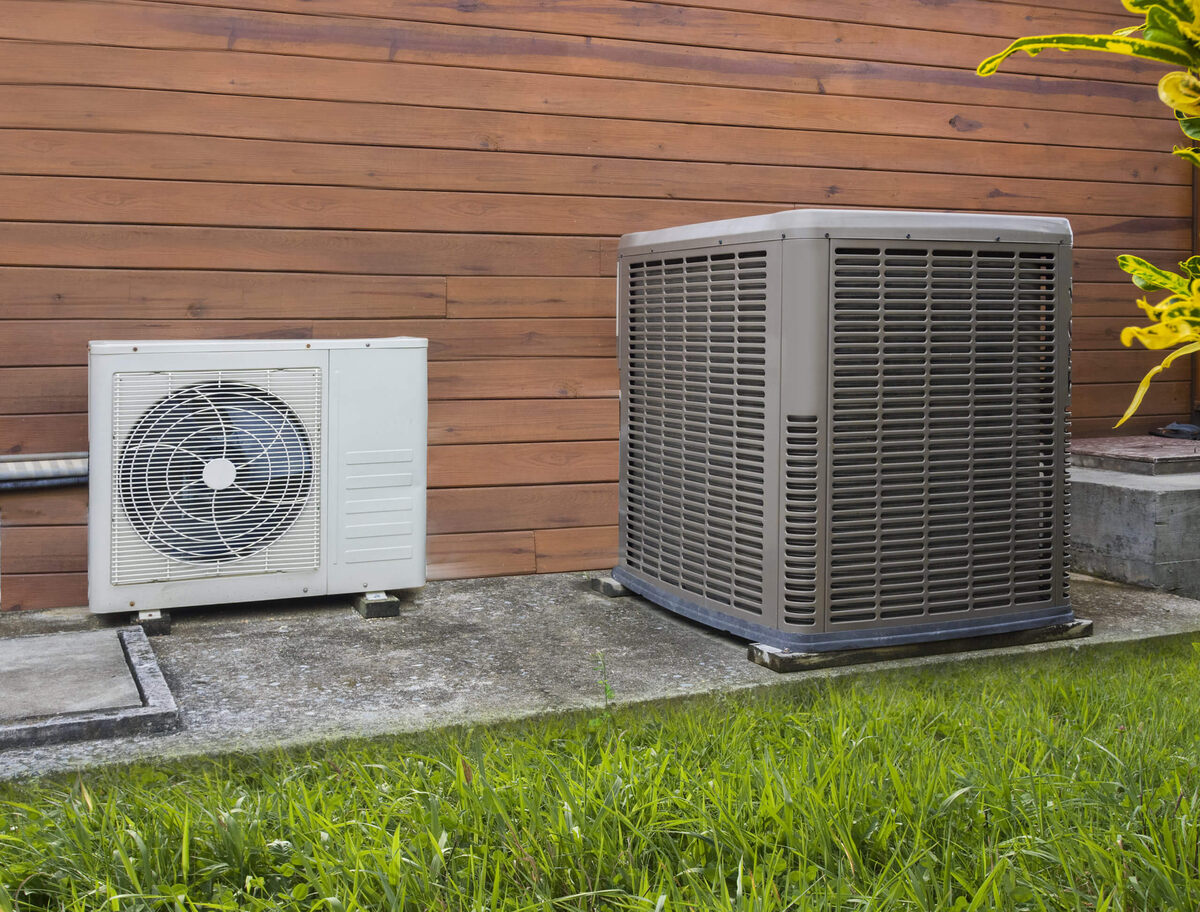
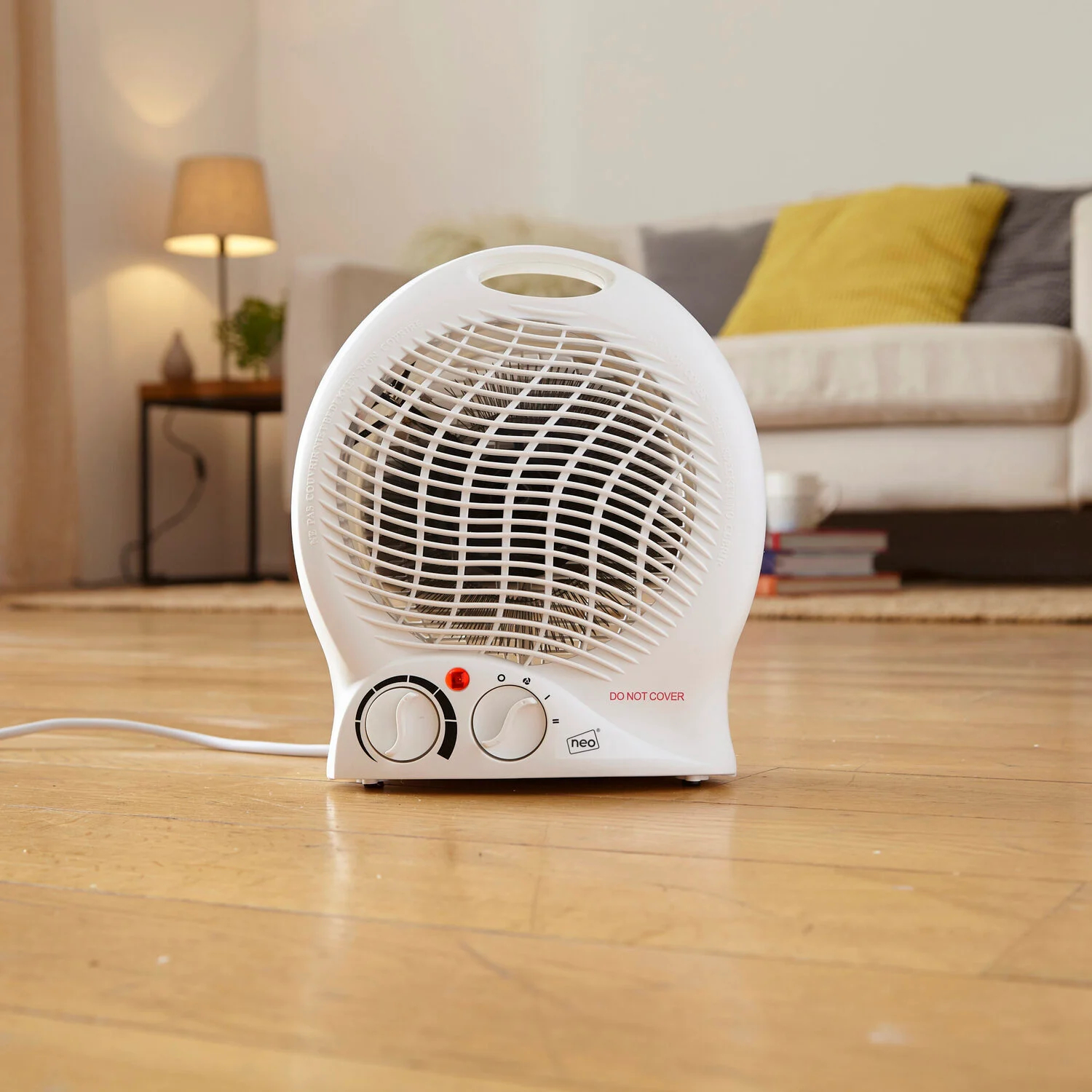
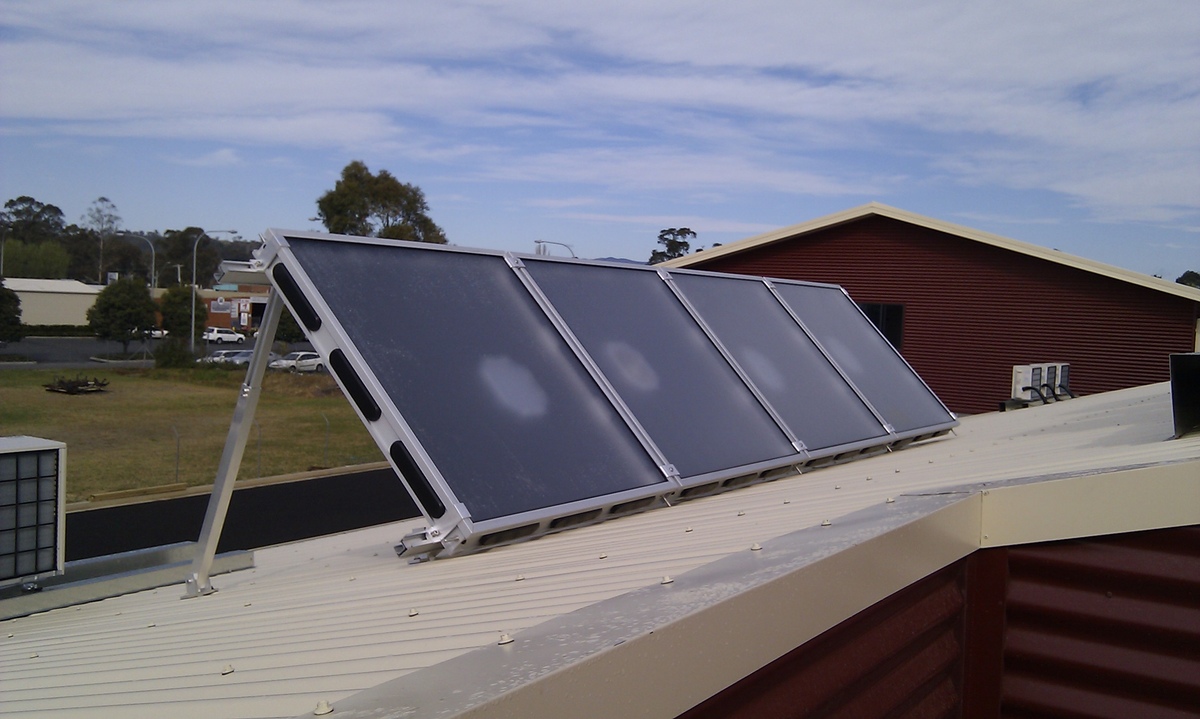

0 thoughts on “Hydro Air Heating System: Optimal Aquastat Setting For Fan Activation”